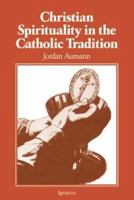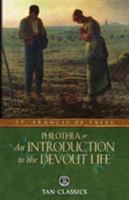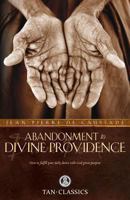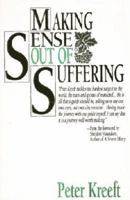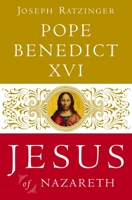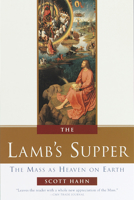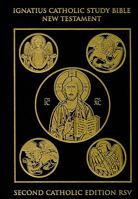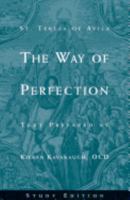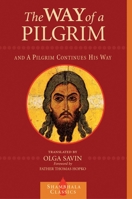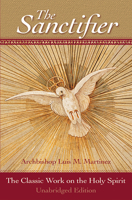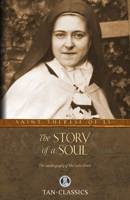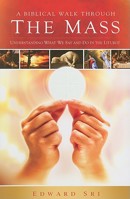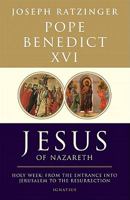Man of the Millennium: John Paul II (Saints and Holy People)
Select Format
Select Condition 
You Might Also Enjoy
Book Overview
This extraordinary biography chronicles his life from its earliest years in Poland when he was nicknamed "Lolek" to his youth as an actor and then a clandestine seminarian in Nazi-occupied Warsaw. The book follows John Paul's journey as priest, bishop and the first non-Italian pope of the Catholic Church after hundreds of years.
Format:Paperback
Language:English
ISBN:0819839698
ISBN13:9780819839695
Release Date:January 2000
Publisher:Pauline Books & Media
Length:296 Pages
Weight:1.10 lbs.
Dimensions:0.7" x 6.0" x 9.4"
Customer Reviews
4 customer ratings | 4 reviews
There are currently no reviews. Be the first to review this work.













